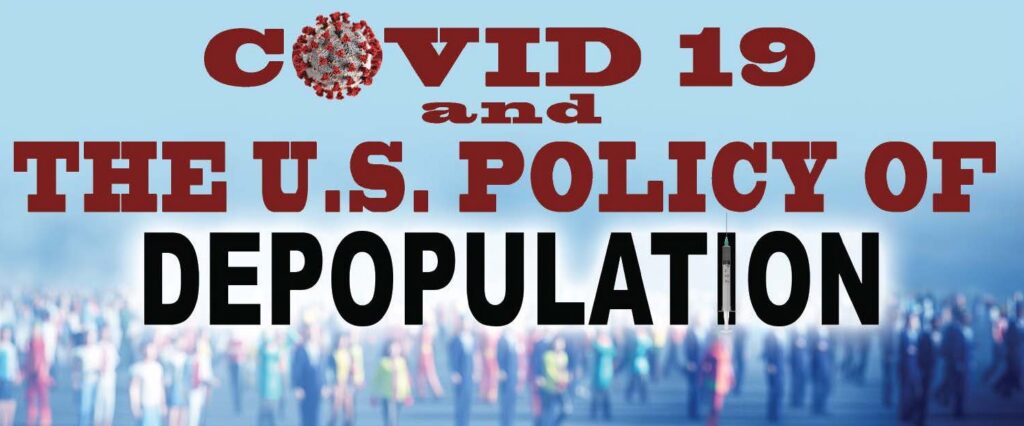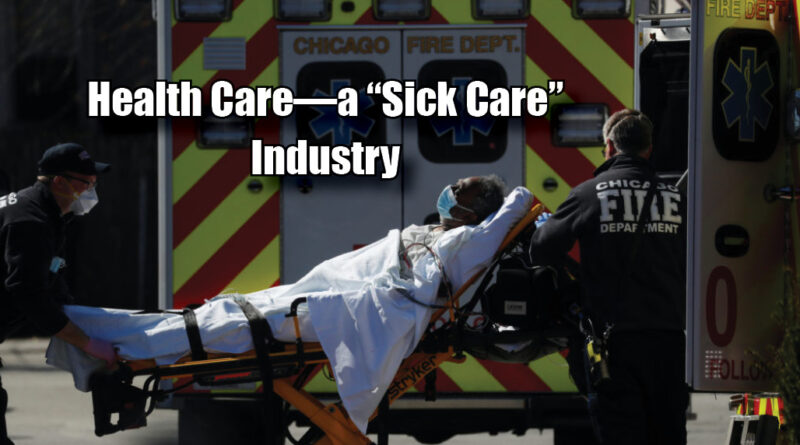Health Care—a “Sick Care” Industry
“As I live, my desire is to destroy the so-called medical profession, because it is not a profession of healing; it is a profession of drugs.”
—The Most Honorable Elijah Muhammad
By Tingba Muhammad
It should be no surprise that the industry that comprises one-fifth of the American economy generates much of its record-breaking profits through Black sickness and ill health. Blacks spend more per capita on health care, and are sicker than any other people, at a significantly higher rate. The business of treating the many diseases, conditions, and syndromes, as well as their “prevention,” has built many a mansion on many an American hill.
Thirty cents of every dollar spent on medical care ($750 billion annually) in the U.S. is wasted: Medicare and disability programs are major sources of financial waste, rife with inefficient delivery and fraud, and by far it is white businesses that siphon this money. One recent investigation revealed that children whose medical care comes through government programs like Medicaid are prescribed psychotropic drugs at a rate 12 times higher than other children. For foster children in the Medicaid program, nine out of the top 10 most prescribed drugs are psychotropics (compared to just one out of the top 10 drugs prescribed to non-foster children).
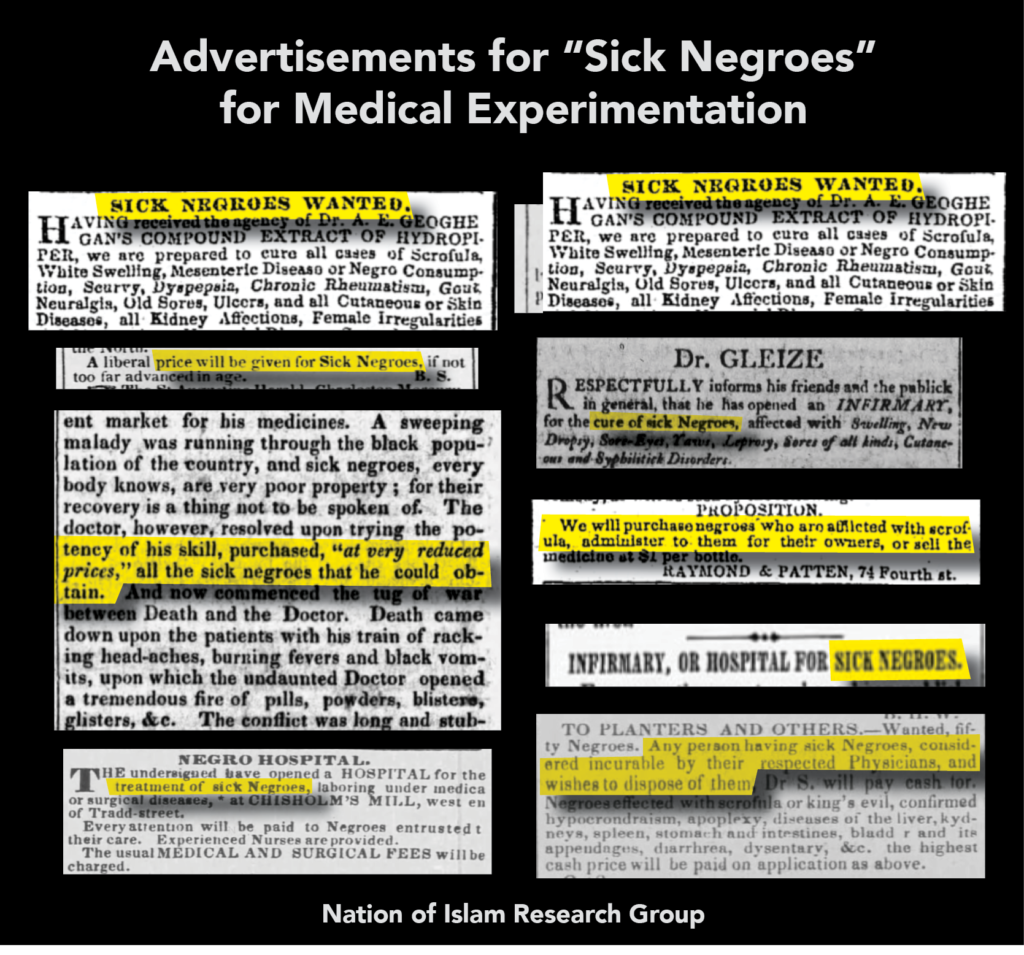
Early on in America the “medical profession” targeted the vulnerable enslaved Blacks for profit. The first horrifying medical experiments were performed on enslaved men, women, and children. Diseases were shot into them to test vaccines, and surgical procedures like Caesarean sections were first attempted on female slaves without anesthetics. Diabolical experiments were performed to test the pain thresholds. And when they died, medical students lingered near the burial sites to dig up the Black bodies to take to class to dissect as cadavers. The 40-year Tuskegee syphilis experiments and the Henrietta Lacks case are but two of the more notable acts that are daily occurrences in the American health care system. Prisoners have proved to be a great source for medical experimentation.
Health risks are far greater for Blacks than those that whites face. Black communities are more likely to be exposed to environmental toxins, like lead and asbestos, and Blacks disproportionately hold jobs that expose them to unhealthy conditions and harsh chemicals, such as in services like industrial cleaning, lawn maintenance, and waste removal. Many of these are stress-generating functions that wreak havoc on all parts of the body.
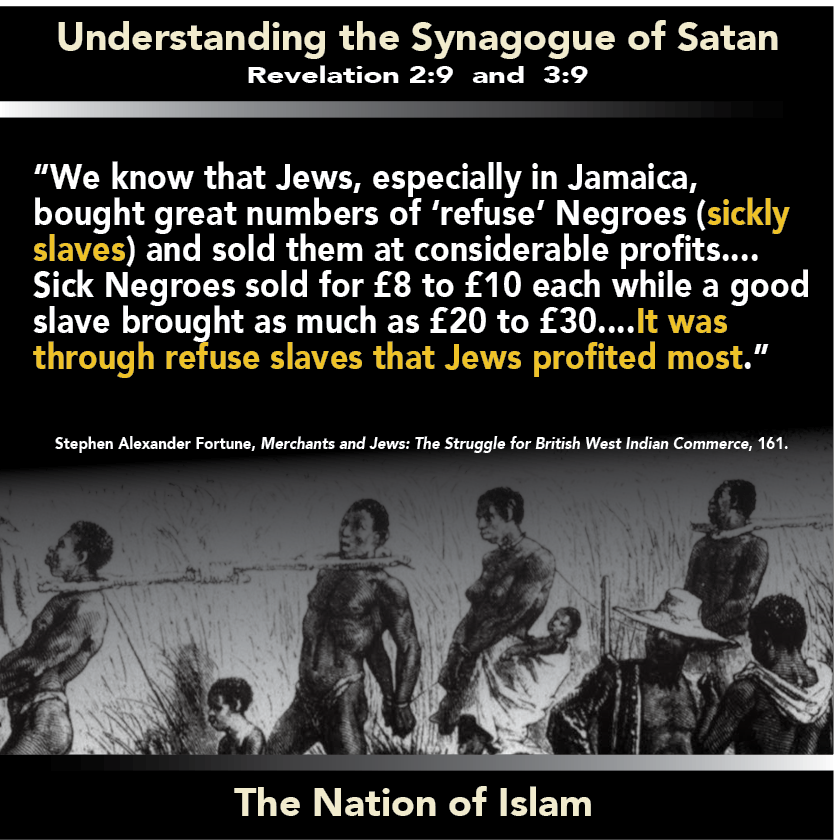 Blacks are far more likely to live in “food deserts,” geographic areas without grocery stores and where access to affordable, healthy food options (especially fruits and vegetables) is restricted or nonexistent. These food deserts contain an overabundance of convenience stores, liquor stores, and fast-food chains selling predominantly junk food. Studies show that white neighborhoods contain four times as many supermarkets as Black ones do and that the grocery stores that do exist in Black communities are smaller with less of a selection. Additionally, Black urban residents who purchase groceries at small neighborhood stores pay between 3 and 37 percent more than white suburbanites buying the same products at supermarkets. The consequence of this situation is that Blacks suffer from statistically higher rates of diabetes, cancers, hypertension, obesity, and other junk-food-related conditions than the white population.
Blacks are far more likely to live in “food deserts,” geographic areas without grocery stores and where access to affordable, healthy food options (especially fruits and vegetables) is restricted or nonexistent. These food deserts contain an overabundance of convenience stores, liquor stores, and fast-food chains selling predominantly junk food. Studies show that white neighborhoods contain four times as many supermarkets as Black ones do and that the grocery stores that do exist in Black communities are smaller with less of a selection. Additionally, Black urban residents who purchase groceries at small neighborhood stores pay between 3 and 37 percent more than white suburbanites buying the same products at supermarkets. The consequence of this situation is that Blacks suffer from statistically higher rates of diabetes, cancers, hypertension, obesity, and other junk-food-related conditions than the white population.
Black and Latino children in high-poverty areas are more likely to be exposed to alcohol and tobacco advertisements and drug distribution. Alcohol, tobacco, and drugs are disproportionately used to self-medicate psychological conditions like depression, self-hatred, and stress. The predictable result is that an estimated 83,570 excess Black deaths occur each year as a direct result of health care disparities between Blacks and whites.
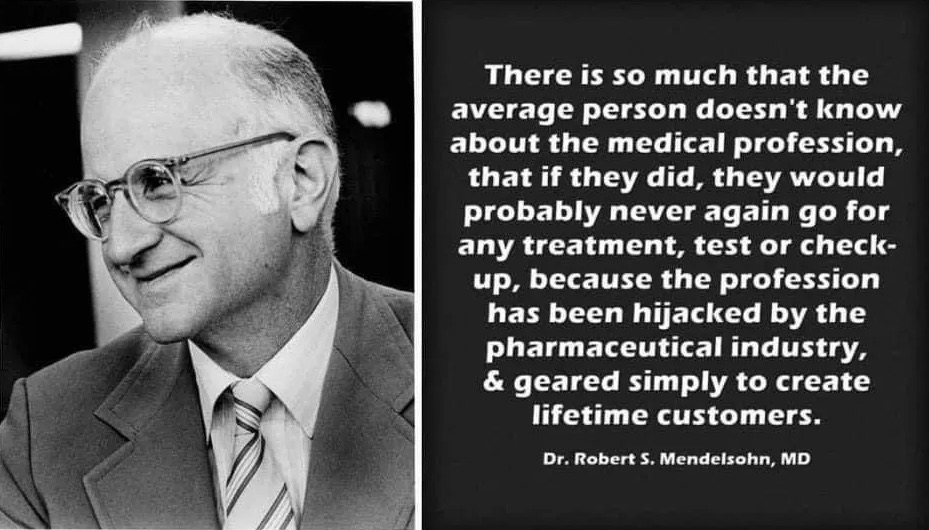
Race and income have been associated with avoidable procedures, avoidable hospitalizations, and untreated disease. The odds of being diagnosed with schizophrenia are significantly higher for Blacks than whites in poverty areas. Blacks are at higher risk for involuntary psychiatric commitment than any other racial group, and Blacks and Latinos in poverty areas were more likely to be referred for commitment by a law enforcement official than any other racial group.
The sickness-care industries benefit from an aging, sick, and dependent Black population. There are perverse financial incentives in health care reimbursement. In New York City, a very successful diabetes prevention and treatment program was implemented that resulted in fewer complications, hospitalizations, and amputations. But the program was stopped by the hospital because its revenue dropped. Cutting off a diabetic toe for $6,000 from Medicare is better than being reimbursed $100 for a nutrition consult. The system prof
its from having more sick and fat patients.
Uninsured Blacks are most profitable to hospitals, which generate fraudulent bills and overcharges that they collect from the various government programs. Insured Blacks are overcharged in premiums because of their shorter life-spans. The privatization of incarceration “services” for a needlessly growing prison population includes lucrative medical services contracts and criminally high levels of prescription drugs. The fast-increasing medication and vaccination of schoolchildren for a host of perceived, invented, and preventable conditions adds yet more to the coffers of a health (that is, sick) care industry everyone agrees is out of control.
(Tingba Muhammad is a citizen of the Nation of Islam.)
See the FINAL CALL section on DEPOPULATION:
